On this page, we will explore several popular succulent varieties that are well-suited for outdoor environments. Each of these plants provides unique characteristics, ensuring that there’s a perfect fit for every garden setting.
Agave

Agave plants are striking succulents known for their rosette shape and bold leaves, often covered with sharp spines. These robust plants thrive in full sun and well-draining soil, making them ideal for arid climates and rocky gardens. Agaves can reach impressive sizes, some varieties growing several feet tall and wide, lending a dramatic focal point to any outdoor space.
One notable variety is the Agave americana, commonly known as the century plant. Its dramatic, sword-like leaves can reach lengths of up to six feet, culminating in a tall floral spike that can rise up to 20 feet when in bloom. While they are slow-growing, their longevity and architectural presence compensate for the wait. Additionally, agaves are drought-tolerant, requiring minimal watering once established, making them an eco-friendly choice for water-conscious gardeners.
Aloe
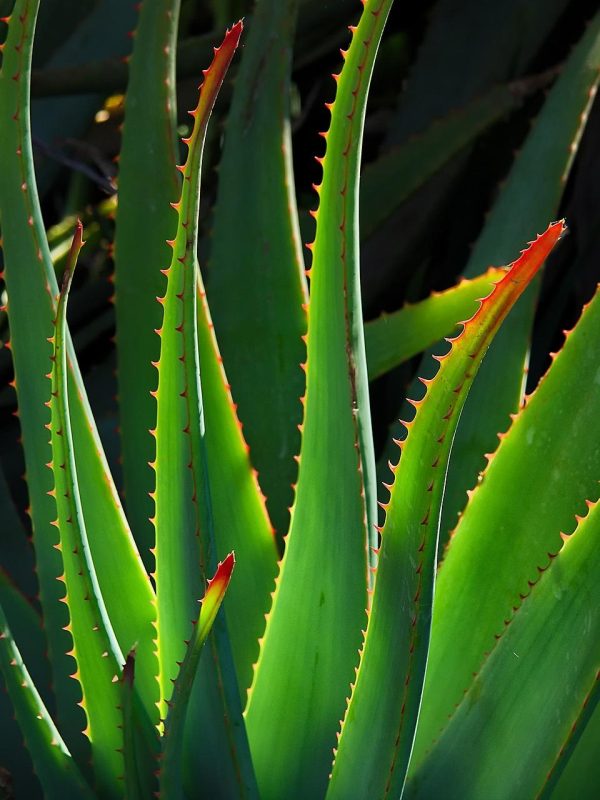
Aloes are perhaps best known for their medicinal properties, particularly Aloe vera. Beyond their healing capabilities, these succulents exude beauty with their fleshy, serrated leaves. Many aloe species flourish outdoors, particularly in warmer regions. Aloe plants prefer well-draining soil and thrive in full sunlight to partial shade, making them versatile for various garden settings.
Aloe should not be overlooked for its aesthetic appeal. For example, the Aloe striata, or coral aloe, features stunning pinkish-orange flowers that emerge on tall spikes, attracting pollinators like bees and hummingbirds. If you’re looking to add a splash of color to your garden, consider planting a few aloe vera plants grouped together, allowing their unique textures and hues to shine.
Crassula

Crassula species, including the well-loved Crassula ovata, also known as jade plant, are favorites among succulent enthusiasts. Crassulas generally boast thick, fleshy leaves and a wide range of forms, making them adaptable to various outdoor arrangements. They prefer bright light conditions and can tolerate full sun, although some varieties may fade in intense heat.
Crassula ovata is particularly desirable in outdoor gardens not just for its attractive, rounded foliage but also for its potential to grow into a charming shrub. When planted outdoors, jade plants can grow to heights of 3-6 feet, and if nurtured properly, they can even flower, producing small, pinkish-white blossoms. Crassulas are low-maintenance, providing a lovely green backdrop without a significant time commitment for care.
Aeonium

Aeonium is a genus of succulents known for their succulent rosettes that can resemble flowers on tall stalks. Many aeoniums are adapted to mild climates, meaning they can thrive outdoors in regions that do not experience harsh winters. They prefer well-draining soils and benefit from a little shade during the hottest parts of the day.
One popular species, Aeonium arboreum, showcases rosettes of vibrant green leaves atop leading stems, creating a visually stunning display. When mature, the Aeonium produces striking flower clusters, typically in shades of yellow, which can draw pollinators. They make great additions to garden beds or even as part of a succulent centerpiece.
Echeveria
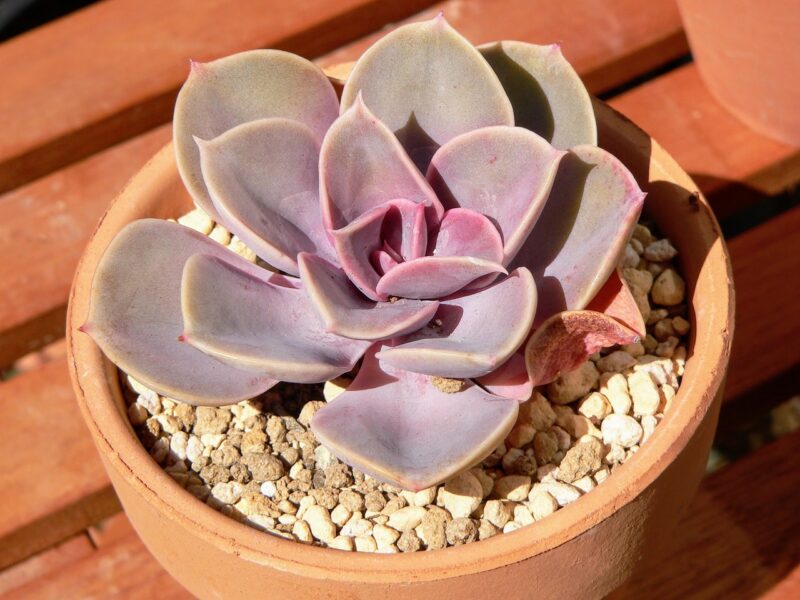
Echeveria is perhaps one of the most recognized succulent types, prized for its symmetrical rosettes and beautiful foliage in various colors, from muted greens to vibrant purples and blues. These succulents thrive in sunny outdoor environments, requiring well-draining soil to prevent rot.
One standout species is the Echeveria elegans, often referred to as the Mexican snowball due to its lovely, rounded shape. It’s perfect for borders, rock gardens, or mixed succulent containers. Echeverias are relatively easy to propagate, making them a great choice if you’re looking to expand your outdoor succulent collection. They produce stunning flowers during the spring and summer, adding a delightful pop of color to your garden space.
Dudleya
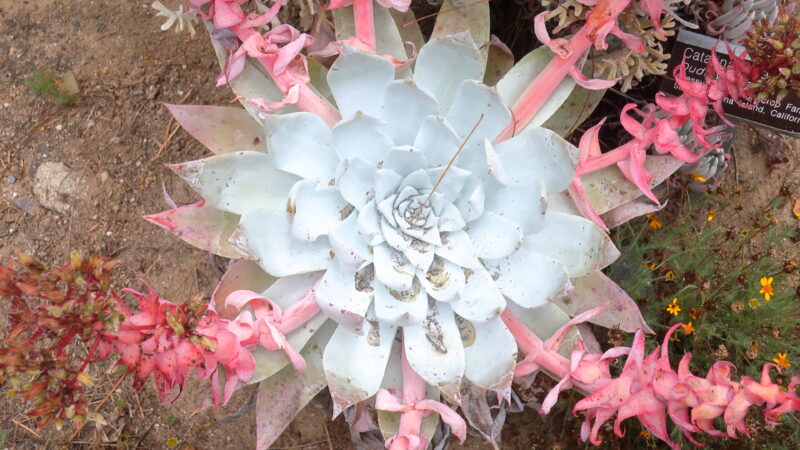
Dudleya, commonly known as liveforever, is a charming genus of succulent plants native to the rocky coastal regions of California and Mexico. They are characterized by their striking rosettes and are often found in various colors, ranging from silvery green to vibrant red and purple. Dudleyas are excellent for coastal gardens, as they can withstand salty air and harsh sunlight.
Dudleya cultivate unique flowering stalks that can elevate your garden design. Dudleya brittonii, with its gleaming rosettes and eye-catching flowering spikes, is an excellent choice for container gardening or rock gardens. These plants are typically frost-sensitive, so areas without heavy freezes are ideal for their survival and growth.
Lithops
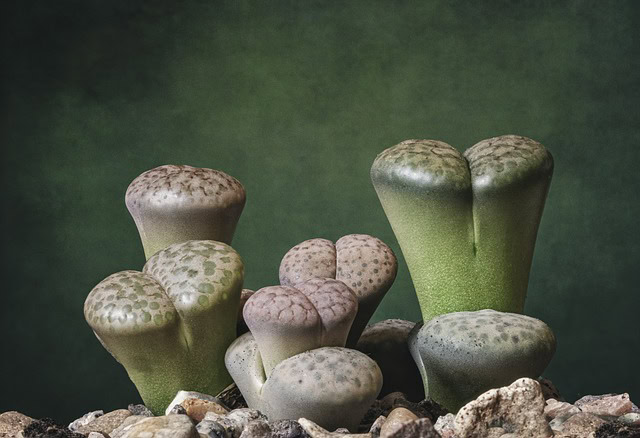
Lithops, or “living stones,” are fascinating succulents that mimic the appearance of pebbles, making them unique additions to outdoor gardens. Their camouflage is a brilliant survival strategy designed to evade herbivores in their native South African deserts. Lithops thrive in full sun and require excellent drainage, ideally in a sandy or gravelly soil mix.
Though they are small and often overlooked, Lithops can produce beautiful flowers that emerge in late summer to early autumn. The flowering lithops are typically bright yellow or white, adding an unexpected burst of color to the garden. Due to their unique appearance, they work remarkably well in rock gardens or succulent arrangements where they can stand out and intrigue passersby.
Haworthia
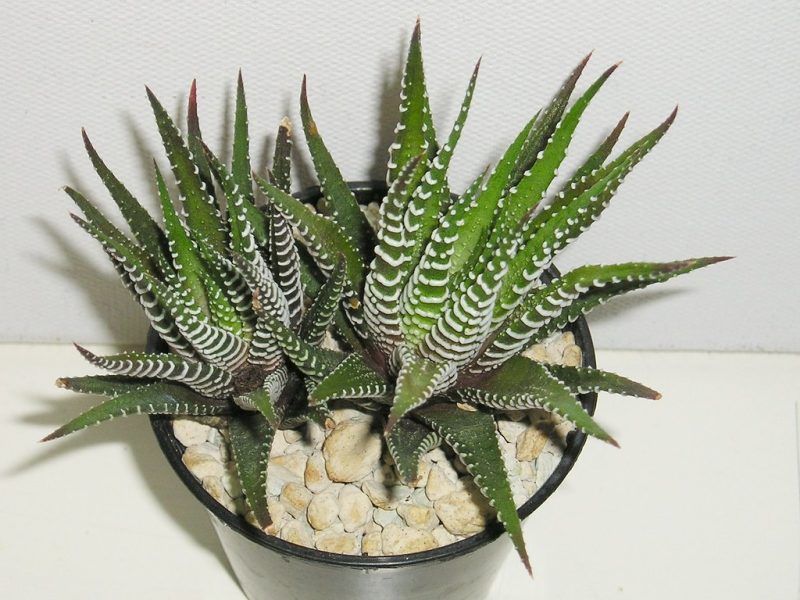
Haworthia species are another group of compact succulents suitable for outdoor cultivation. These plants are characterized by their rosettes of thick, fleshy leaves and striking patterns, often displaying translucent stripes or spots. They thrive in bright, indirect sunlight and prefer well-draining soils that replicate their native habitats.
One popular variety is Haworthia attenuata, commonly known as zebra plant, due to its distinctive white, zebra-like stripes. Although they are primarily indoor plants, they can be grown outdoors in suitable climates, particularly in succulent gardens or containers. These plants are hardy and can tolerate some neglect, making them perfect for novice gardeners or those looking for low-maintenance options.
Graptopetalum
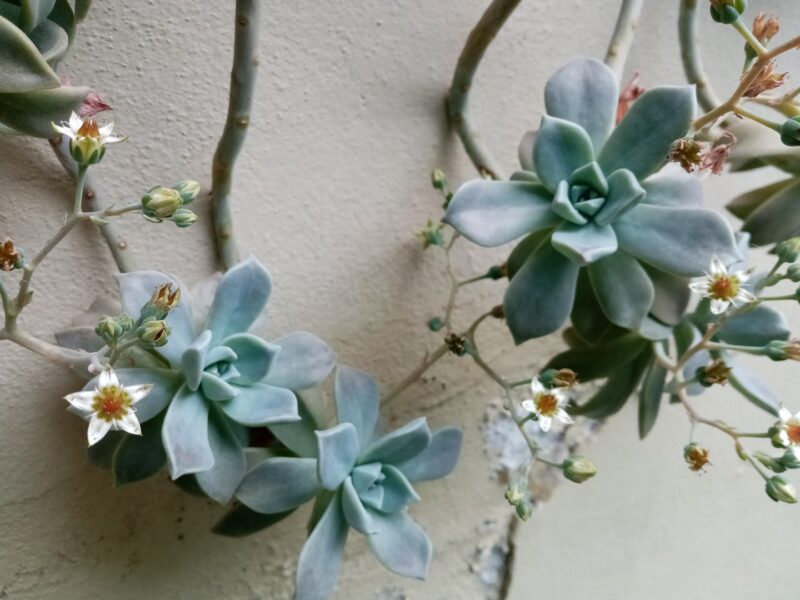
Graptopetalum, resembling Echeveria but known for its more trailing nature, is a delightful genus of outdoor succulents. They are particularly well-suited for hanging containers or cliff gardens due to their ability to cascade over the edges and create a stunning visual effect. Their leaves can display lovely gradients and colors, adding dimension to your outdoor settings.
Needle-leaf Graptopetalum paraguayense, or ghost plant, is a favorite among gardeners. Its unique, powdery blue-gray leaves further contribute to its charm. It is remarkably adaptable, flourishing in full sun and drought conditions. With a little room to spread, Graptopetalum can create enchanting ground cover in succulent arrangements or rockeries.
Sedum
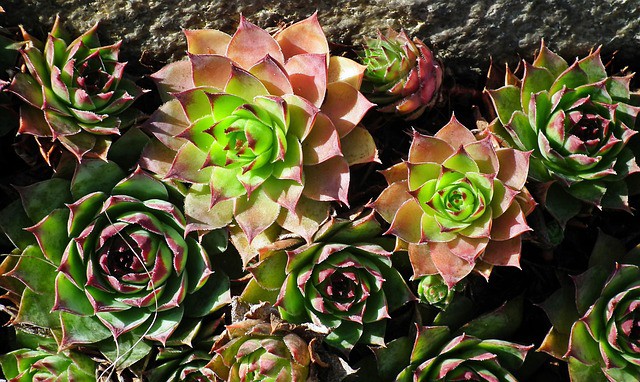
Sedum, commonly known as stonecrop, is a versatile and drought-resistant succulent variety that’s perfect for outdoor gardens. With an impressive range of forms and colors, sedums can adapt to different garden styles, from traditional to modern. They prefer sunny locations and will thrive in various soil types, making them a go-to choice for various landscaping projects.
Sedum spectabile, or showy stonecrop, is a striking choice that produces large clusters of pink flowers in late summer. When in bloom, it attracts beneficial pollinators, adding life to your garden. Sedum plants are also excellent for ground cover, helping to prevent soil erosion and providing a lush, green appearance with minimal maintenance.
Kalanchoe

Kalanchoe is renowned for its stunning floral displays and versatility in gardening design. Many varieties are well-suited for outdoor settings, where their colorful flowers can attract bees and butterflies. Kalanchoe thrives in warm, bright environments; they need well-draining soil to flourish.
Among the Kalanchoe varieties, Kalanchoe blossfeldiana, or flaming Katy, stands out with its vibrant clusters of bloom. These plants can add a burst of color to your outdoor space, especially when grouped together in a sunny spot. Kalanchoes are generally easy to care for, requiring little watering; just ensure they are protected from extreme frost.
Sempervivum
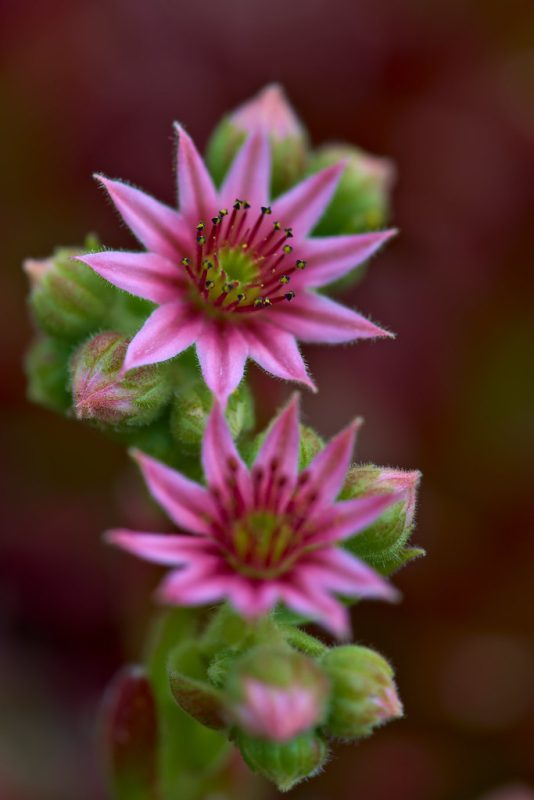
Sempervivum, or hen and chicks, is a resilient and adaptable succulent that forms adorable rosettes. This hardy plant thrives in outdoor settings, particularly in rock gardens or as ground cover. Sempervivum is known for its ability to tolerate frost and enjoy poor soil conditions, making it a wise choice for beginner gardeners.
Varieties can vary significantly in appearance, with some developing rich crimson tones in autumn while others remain vibrant green. They produce offsets, which makes propagation simple and rewarding for those eager to share these charming plants. Sempervivum also flourishes under sunlight, appreciating full sun during cooler months.
Senecio

Senecio, often called groundsel, is a dynamic genus of succulents with a wide range of forms and colors. Many varieties are ideal for outdoor planting and can thrive in challenging environments. Senecio plants enjoy full sun and are known for their unique leaf shapes and textures, which can create captivating visual interest in garden settings.
Among the diverse species of Senecio, the Senecio rowleyanus, known as string of pearls, is particularly popular for its charming cascading growth habit. Perfect for hanging planters, it adds a whimsical touch to any outdoor space. With minimal care, Senecio plants can fill your garden with delightful color and texture, attracting attention with their unique looks.
Euphorbia
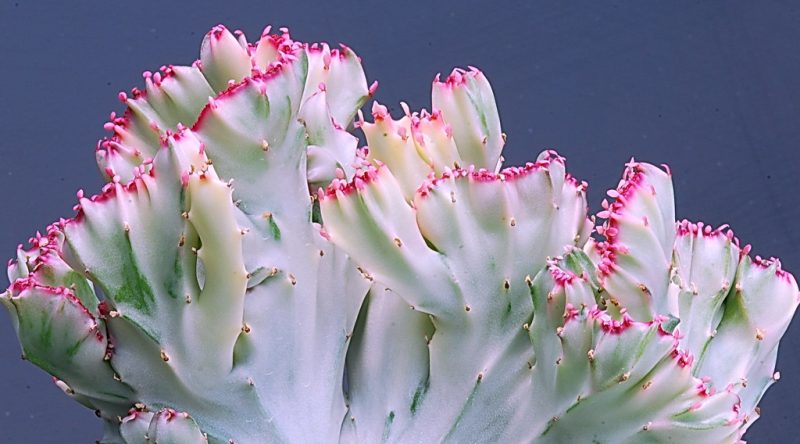
Euphorbia is an extensive and diverse genus that encompasses various forms, from small, low-growing succulents to tall, majestic shrubs. Many Euphorbia varieties thrive in outdoor gardens, providing unique textures and colors. They generally prefer full sun but can adapt to slightly shadier areas.
A notable variety is Euphorbia tirucalli, also known as pencil cactus. Its striking, pencil-like branches provide a bold statement in any landscape. Euphorbia is also remarkable for its tolerance to drought, allowing it to flourish with minimal water. However, caution must be exercised while handling these plants, as they produce a milky latex sap that can be irritating to the skin and eyes.
String of Pearls
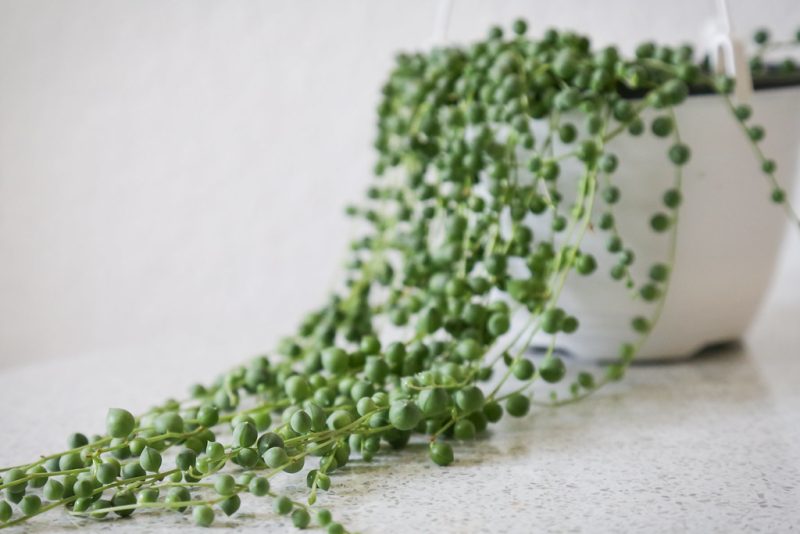
Finally, the String of Pearls (Senecio rowleyanus) is a beloved succulent for garden enthusiasts looking to create an eye-catching cascading display. This plant features long, trailing stems adorned with round, bead-like leaves resembling pearls. When planted in hanging containers, this succulent brings a delightful dynamic to your outdoor space.
String of Pearls loves bright light and well-draining soil, making it an excellent candidate for sunny balconies or patios. Their cascading vines can create stunning visual displays when allowed to trail down from pots. Though they can handle dry spells quite well, it’s essential to be cautious not to overwater, as they can rot quickly.





